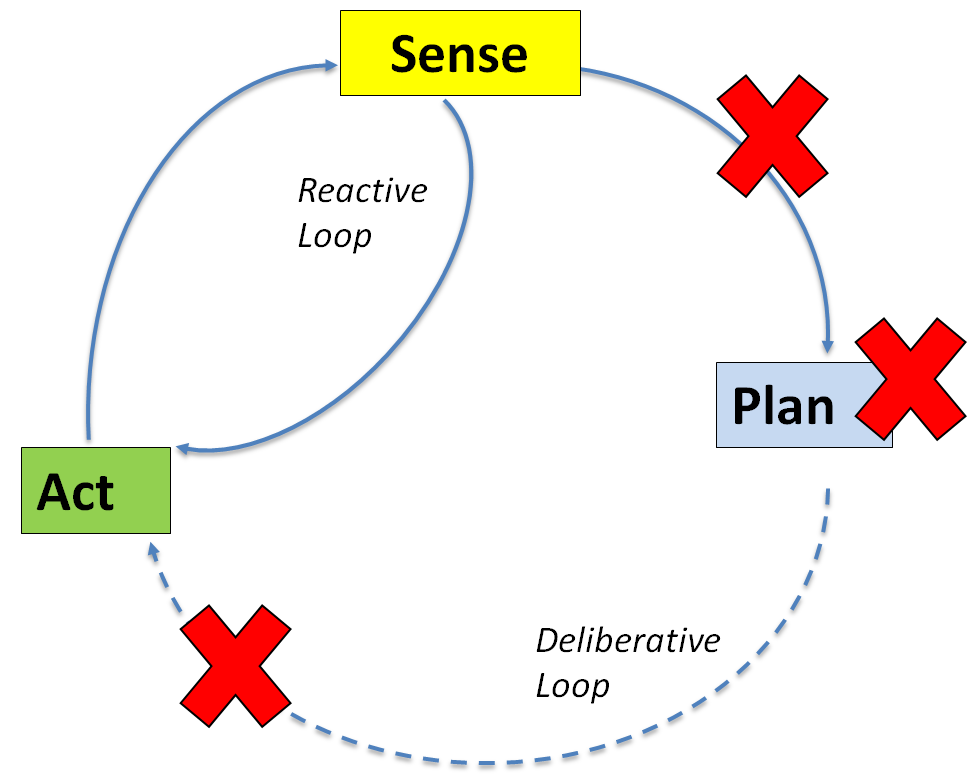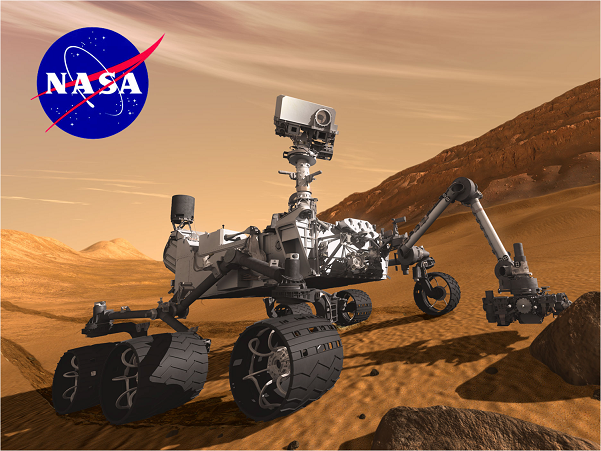
Brain injury can impair the ability to plan a response (sense-plan-act) rather than react (sense-act). To be truly independent, all parts of this feedback loop must be present and function together.
Our solution replaces the biggest missing link in the loop—planning.
We also have tools to replace and support “sensing” and “acting” if those are areas that are preventing you from closing your feedback loop.
Here are some real-life examples of feedback loop issues:
- Danny is having problems noticing when he needs to change a plan because something has changed (traffic, weather, etc.)
(Sensing)
- Terri has difficulty changing plans when situations change (delay with doctors appointment, non-routine errand, etc.)
(Planning)
- Mike finds it hard to complete a plan that has changed—if he forgets why the plan changed, he can become confused and not complete the task.
(Acting)
How our tools help support these feedback loop needs:
- “If I’m late taking my meds, it is like a tap on the shoulder from my wife.”
(Sensing)
- “Like a GPS system for your time, it will recalculate your schedule and keep you on track!”
(Planning)
- “It goes through your day with you, and provides a "nudge" when needed to stay on task.”
(Acting)
BrainAid software provides assistance for these impaired brain functions.
It runs on your mobile device, going through your day with you, and providing a "nudge" when needed. Like a GPS system for your time, BrainAid keeps you on task.
Clinical results demonstrate improved executive function outcomes are sustained after training ends.
Click here to learn more about BrainAid clinical trials

